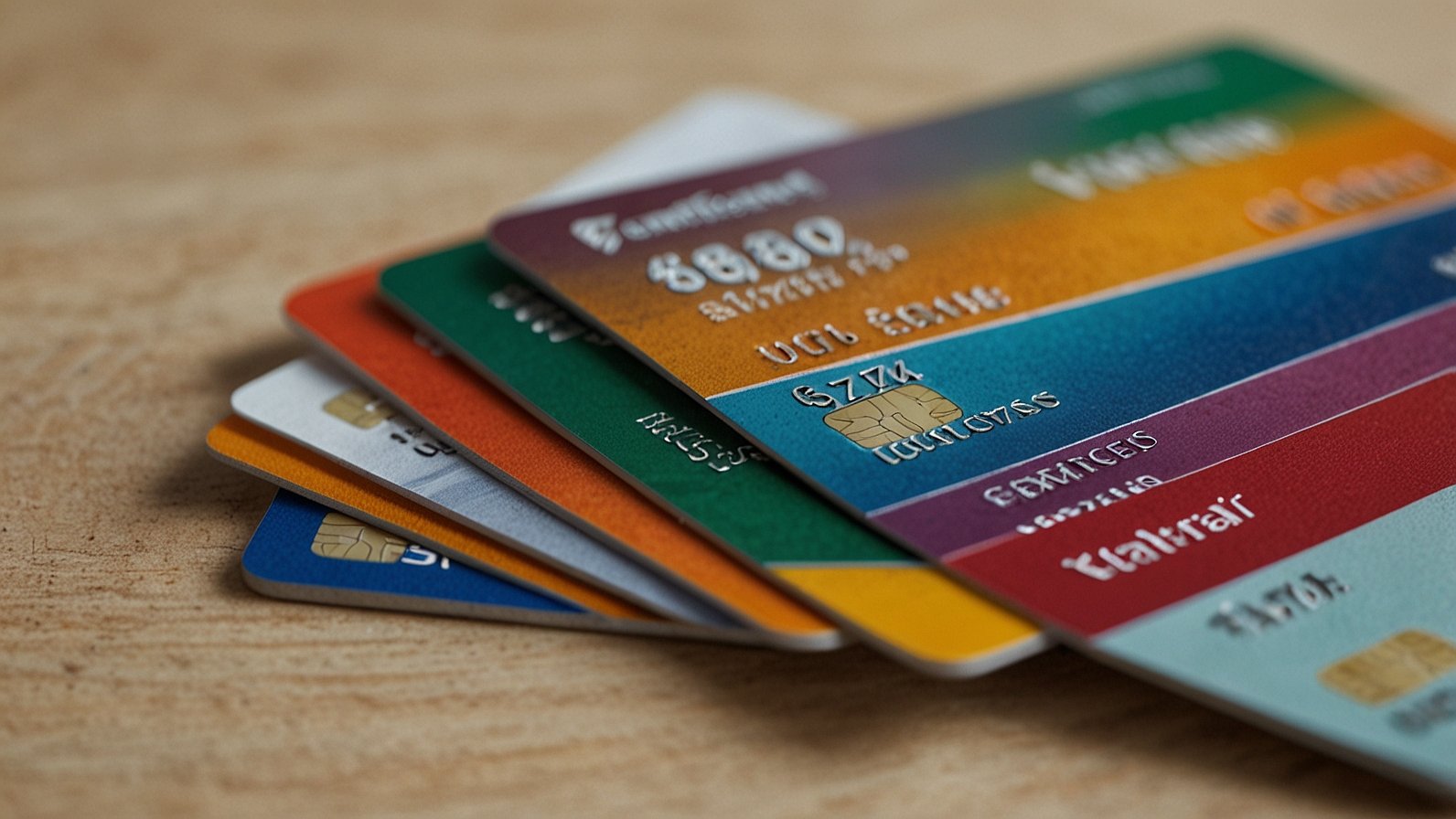When most people think about improving their credit score, they focus on paying bills on time or keeping balances low. While these are definitely important, there’s another factor that often gets overlooked: your credit mix.
Your credit mix refers to the different types of credit accounts you have, like credit cards (revolving credit) and loans (installment credit). While it only makes up about 10% of your FICO score, a diverse credit mix can give your score a little extra boost and show lenders that you can handle different types of borrowing responsibly.
If you’re already working on paying down balances or looking into debt consolidation, improving your credit mix might be the next smart step to strengthen your overall credit profile. Let’s break down what credit mix means, why it matters, and how you can improve it without getting in over your head.
What Is a Credit Mix?
Credit mix simply means the variety of credit accounts you have. The two main categories are revolving credit and installment credit.
Revolving credit includes things like credit cards and lines of credit. With revolving accounts, you can borrow up to a certain limit, pay it down, and use it again.
Installment credit includes things like car loans, mortgages, student loans, and personal loans. These are loans with fixed payments over a set period of time.
Having a healthy mix of both types of credit shows lenders that you can manage different repayment styles. This makes you look like a more reliable borrower, which can help when applying for new credit or better rates.
Why Credit Mix Matters
While your credit mix is only about 10% of your overall FICO score, every bit counts when you’re trying to raise your score or keep it high.
Lenders want to see that you can handle a variety of financial responsibilities. If your credit history only includes one type of account — like just credit cards — it might not give lenders a complete picture of your borrowing behavior.
If you’ve already taken steps like debt consolidation to organize your finances, paying attention to your credit mix is another way to show you’re serious about your credit health.
How to Improve Your Credit Mix
The first thing to know is that you don’t need to rush out and open new accounts just for the sake of variety. Opening unnecessary accounts can actually hurt your score in the short term and make it harder to manage your finances.
Here are a few practical ways to improve your credit mix thoughtfully:
Consider a small personal loan
If you only have credit cards, adding an installment loan (like a small personal loan) can help diversify your credit. Make sure you can afford the payments before you apply, and only borrow what you really need.
Think about a credit-builder loan
Some banks and credit unions offer credit-builder loans specifically designed to help people improve their credit history. With these loans, the money you “borrow” is actually held in a savings account until you finish making payments. Once the loan is paid off, you get access to the money.
Keep older accounts open
Your credit mix works best alongside a long credit history. If you’ve paid off a credit card, consider keeping the account open instead of closing it. This can help maintain your mix and also support your credit utilization ratio.
Avoid too many new credit cards
While it might seem like opening more credit cards would help, too many new revolving accounts can signal risk to lenders. Instead, focus on maintaining a healthy balance between revolving and installment accounts.
Use Debt Consolidation carefully
If you’re considering debt consolidation to roll multiple credit card balances into one loan, know that this can actually improve your mix if the consolidation loan is an installment account. However, make sure you don’t start racking up new balances on your credit cards after consolidating.
Stay on top of payments
Even with a great credit mix, your payment history is still the most important factor in your credit score. Always make at least the minimum payment on time to keep your score healthy.
Monitor your credit report
Regularly checking your credit report helps you understand what types of accounts you have and how they’re affecting your score. You can get a free report from each of the three main credit bureaus once a year at AnnualCreditReport.com.
Final Thoughts
Improving your credit mix is just one piece of the credit score puzzle, but it’s a piece that can make a meaningful difference over time. By having a thoughtful combination of revolving and installment credit, you show lenders that you’re capable of managing different types of debt.
If you’re already working on paying down balances, exploring debt consolidation, or simply looking for ways to level up your credit health, checking in on your credit mix can be a great next step.
Take it slow, make decisions that align with your financial goals, and remember that building strong credit is a marathon, not a sprint.
Start by looking at your current accounts and seeing if there’s a balanced mix. From there, you can make intentional choices to improve your credit and create a stronger foundation for future financial opportunities.
YOU MAY ALSO LIKE: Traceloans.com Debt Consolidation: Your Path to Simpler Payments? Let’s Find Out.










